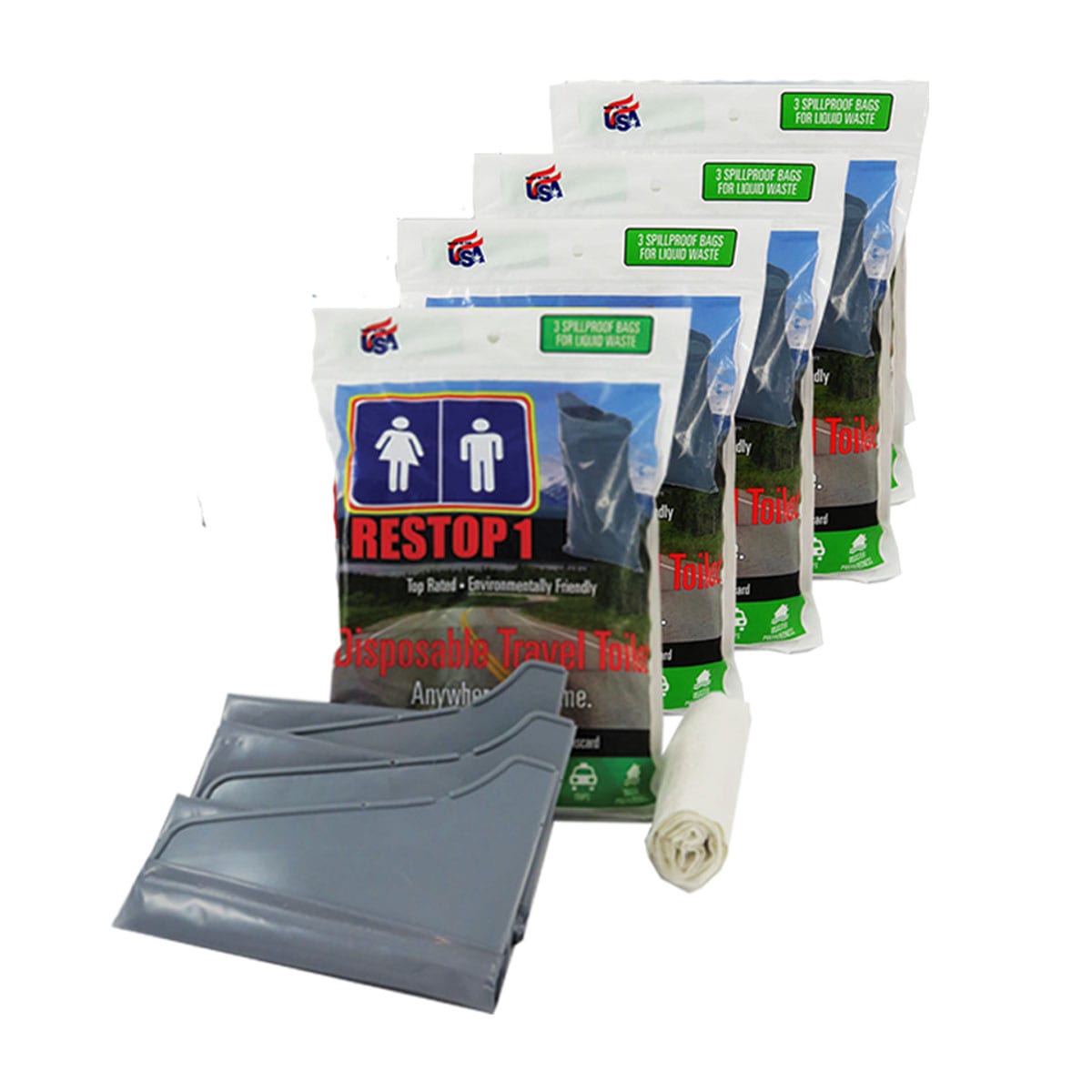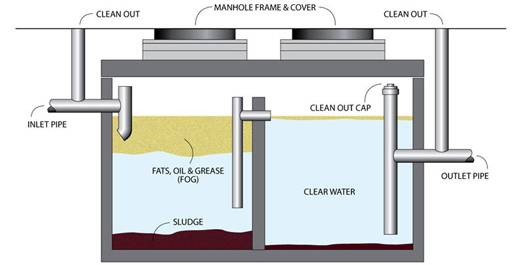Just How Liquid Garbage Disposal Works: A Thorough Summary of Methods and Technologies Utilized

Introduction of Liquid Waste Types
The complexity of fluid waste kinds necessitates a detailed understanding of their characteristics and ramifications for disposal. Fluid waste can broadly be classified right into a number of kinds, consisting of industrial, community, agricultural, and unsafe waste. Each group exhibits distinct buildings, calling for certain administration approaches to reduce ecological and wellness dangers.
Industrial fluid waste originates from making procedures and typically includes a series of impurities, such as heavy metals, solvents, and natural compounds. Local liquid waste, largely consisting of wastewater from households and commercial facilities, contains natural matter, nutrients, and pathogens (industrial wastewater treatment). Agricultural fluid waste, including runoff from farms, might consist of plant foods, pesticides, and pet waste, posing risks to water quality and ecological communities
Harmful liquid waste is characterized by its poisoning, reactivity, or potential to create injury. Comprehending these varied liquid waste kinds is crucial for developing effective disposal methods and making sure compliance with environmental laws.
Physical Treatment Methods

Screening is the first step, where larger bits and debris are gotten rid of from the liquid waste using displays or grates. This process safeguards downstream devices from damage and makes sure smoother procedure. Complying with screening, sedimentation utilizes gravitational force to separate solids from liquids. In sedimentation storage tanks, much heavier bits clear up at the base, forming a sludge layer, while the made clear fluid can be additional dealt with.
Filtering is one more necessary method that involves passing the fluid with permeable materials, such as sand or membranes, to catch smaller particles. This action improves the top quality of the fluid, making it ideal for subsequent therapy processes.

Chemical Therapy Strategies
Chemical therapy methods are vital for efficiently managing liquid waste, particularly in dealing with liquified and colloidal contaminants that physical techniques may not sufficiently eliminate. These strategies use different chemical representatives to neutralize, speed up, or change dangerous materials into much less unsafe kinds.
One usual method is coagulation and flocculation, where chemicals such as alum or ferric chloride are included in advertise the aggregation of suspended bits. This process boosts sedimentation, allowing for simpler removal of the resulting sludge. Additionally, oxidation procedures, utilizing representatives like chlorine or ozone, are used to damage down complicated organic compounds and pathogens, providing the waste much safer for discharge or more treatment.
Neutralization is another critical strategy, which readjusts the pH of acidic or alkaline waste streams to neutral degrees, protecting against prospective injury to downstream systems and the check my reference environment. Additionally, progressed oxidation processes (AOPs) use mixes of oxidants and ultraviolet light to weaken relentless pollutants, accomplishing a higher degree of therapy performance.
Biological Therapy Procedures
Organic therapy processes play a critical role in the administration of liquid waste by making use of microbes to disintegrate organic issue and reduce pollutant degrees. These processes can be generally categorized right into anaerobic and cardiovascular therapies, each employing certain microbial areas to achieve effective waste deterioration.
Cardiovascular therapy includes making use of oxygen to promote the failure of organic products by germs. This procedure is commonly carried out in triggered sludge systems, where aeration tanks offer a favorable environment for microbial development, resulting in the oxidation of natural contaminants. The resultant biomass can be separated from treated effluent via sedimentation.
In comparison, anaerobic therapy occurs in the absence of oxygen, counting on various microorganisms to damage down raw material. This method is especially useful for high-strength waste, as it generates biogas, a renewable resource source, while decreasing sludge production. Technologies such as anaerobic digesters are frequently employed in industrial and community applications.
Both anaerobic and cardiovascular organic treatments not just minimize the environmental effect of liquid waste but likewise promote resource recuperation, making them necessary parts of lasting waste monitoring strategies. Their versatility, performance, and efficiency support their extensive execution throughout different markets.
Emerging Technologies in Disposal
Innovative methods to fluid garbage disposal are quickly progressing, driven by improvements in innovation and an increasing emphasis on sustainability. Amongst these arising technologies, membrane layer bioreactors (MBRs) have gained traction for their capability to combine biological therapy with membrane purification, resulting in premium effluent that can be reused in different applications. MBRs enable smaller impacts and a lot more efficient operations contrasted to conventional systems.
An additional promising development is making use of anaerobic food digestion combined with nutrient recuperation next technologies, which not only treats fluid waste however likewise produces biogas and recovers beneficial nutrients like nitrogen and phosphorus. This twin benefit improves resource effectiveness and decreases environmental effect.
Additionally, advanced oxidation procedures (AOPs) are being taken on for the destruction of intricate organic contaminants. These techniques use effective oxidants and catalysts to break down contaminants at the molecular level, supplying a highly reliable option for difficult waste streams.
In addition, the combination of man-made intelligence and maker learning in waste management systems is maximizing functional effectiveness and predictive upkeep, resulting in lowered expenses and improved environmental conformity. These technologies show a significant shift in the direction of more efficient and sustainable liquid garbage disposal practices.
Conclusion
In final thought, effective fluid waste disposal requires a thorough understanding of various methods and modern technologies. By constantly go now progressing these methods, it ends up being feasible to deal with the expanding challenges connected with liquid waste, inevitably adding to ecological defense and resource recuperation.
Liquid waste disposal is a crucial element of ecological administration, needing an extensive understanding of numerous methods and modern technologies tailored to different waste kinds. Fluid waste can generally be categorized into a number of types, consisting of commercial, local, farming, and dangerous waste. Agricultural fluid waste, including runoff from farms, might have fertilizers, chemicals, and pet waste, presenting threats to water high quality and ecological communities.
Numerous physical treatment techniques play an essential duty in taking care of liquid waste properly - industrial wastewater treatment.In verdict, effective fluid waste disposal requires a detailed understanding of numerous strategies and innovations